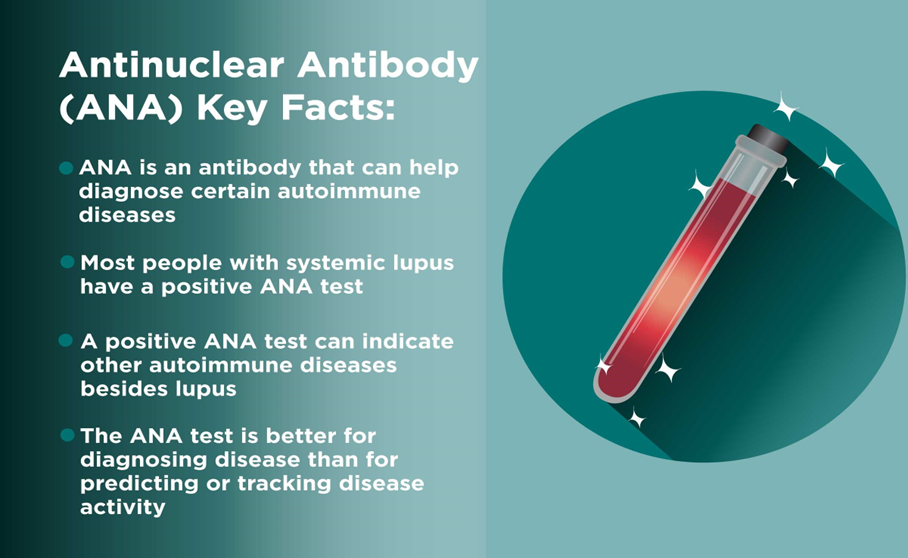A nurse is evaluating a patient who has respiratory alkalosis.
What symptoms should the nurse anticipate?
Dry skin
Abdominal pain
Diarrhea
Flank pain
Flank pain
The Correct Answer is C
Choice A rationale:
Dry skin is not typically associated with respiratory alkalosis. Respiratory alkalosis occurs when the levels of carbon dioxide and oxygen in the blood aren’t balanced. It occurs when you breathe too fast or too deep and carbon dioxide levels drop too low. This condition does not directly cause dry skin.
Choice B rationale:
Abdominal pain is not a common symptom of respiratory alkalosis. The condition is usually caused by over-breathing (called hyperventilation) that occurs when you breathe very deeply or rapidly. While it can cause discomfort, it does not typically result in abdominal pain.
Choice C rationale:
Diarrhea is not a direct symptom of respiratory alkalosis. However, the stress or anxiety that can cause hyperventilation and lead to respiratory alkalosis might also upset the digestive system and cause diarrhea. It’s important to note that while stress and anxiety can cause both conditions, they are not a direct result of the respiratory alkalosis itself.
Choice D rationale:
Flank pain is not a symptom of respiratory alkalosis. Flank pain is often associated with kidney problems, not respiratory conditions. Respiratory alkalosis is characterized by symptoms such as dizziness, bloating, feeling light-headed, numbness or muscle spasms in the hands and feet, discomfort in the chest area, confusion, dry mouth, tingling in the arms, heart palpitations, and feeling short of breath.
Nursing Test Bank
Naxlex Comprehensive Predictor Exams
Related Questions
Correct Answer is A
Explanation
Choice A rationale:
Metabolic alkalosis is an acid-base imbalance characterized by excessive loss of acid or excessive gain of bicarbonate produced by an underlying pathologic disorder. It causes metabolic, respiratory, and renal responses, producing characteristic symptoms. One of the manifestations of metabolic alkalosis is cardiovascular abnormalities, such as atrial tachycardia. Therefore, placing the patient on continuous cardiac monitoring is a necessary action to assess the patient’s heart rate and rhythm and detect any abnormalities early.
Choice B rationale:
Insulin is not typically used in the treatment of metabolic alkalosis. Insulin is a hormone that regulates blood sugar levels. It’s not directly related to the body’s acid-base balance. Therefore, obtaining a prescription for insulin for the patient would not be a relevant action in this case.
Choice C rationale:
Administering sodium bicarbonate to a patient with metabolic alkalosis would not be appropriate. Sodium bicarbonate is a base and is often used to treat metabolic acidosis, a condition characterized by an excess of acid in the body. Giving sodium bicarbonate to a patient with metabolic alkalosis, a condition characterized by an excess of base in the body, could potentially worsen the patient’s condition.
Choice D rationale:
Having the patient breathe into a paper bag is a common treatment for respiratory alkalosis, not metabolic alkalosis.
Respiratory alkalosis is caused by hyperventilation, which leads to a decrease in carbon dioxide in the blood. Breathing into a paper bag helps to increase the amount of carbon dioxide the person inhales, helping to restore the acid-base balance. However, metabolic alkalosis is not caused by hyperventilation, so this treatment
Correct Answer is ["A","D","E"]
Explanation
Choice A rationale:
Antinuclear antibody (ANA) titer is a blood test that detects the presence of antinuclear antibodies, which are autoantibodies that target the body's own tissues. These antibodies are often present in people with autoimmune diseases, including rheumatoid arthritis.
While a positive ANA test does not definitively diagnose rheumatoid arthritis, it can support a diagnosis when considered alongside other clinical findings and laboratory tests.

Choice B rationale:
Blood urea nitrogen (BUN) is a blood test that measures the amount of urea nitrogen in the blood. Urea nitrogen is a waste product that is produced when the body breaks down proteins.
BUN levels can be elevated in people with kidney disease, dehydration, or certain other medical conditions. However, BUN is not specifically used to diagnose rheumatoid arthritis.
Choice C rationale:
Urinalysis is a test that examines the urine for various substances, including cells, bacteria, and chemicals.
It can be used to diagnose a variety of conditions, including urinary tract infections, kidney disease, and diabetes. However, urinalysis is not typically used to diagnose rheumatoid arthritis.
Choice D rationale:
Erythrocyte sedimentation rate (ESR) is a blood test that measures how quickly red blood cells settle at the bottom of a test tube.
A high ESR can indicate inflammation in the body.
ESR is often elevated in people with rheumatoid arthritis, as it is a marker of inflammation.
Choice E rationale:
White blood cell count (WBC) is a blood test that measures the number of white blood cells in the blood. White blood cells are part of the immune system and help fight infection.
A high WBC count can indicate an infection or inflammation.
WBC count can be elevated in people with rheumatoid arthritis, as it is a marker of inflammation.
Whether you are a student looking to ace your exams or a practicing nurse seeking to enhance your expertise , our nursing education contents will empower you with the confidence and competence to make a difference in the lives of patients and become a respected leader in the healthcare field.
Visit Naxlex, invest in your future and unlock endless possibilities with our unparalleled nursing education contents today
Report Wrong Answer on the Current Question
Do you disagree with the answer? If yes, what is your expected answer? Explain.
Kindly be descriptive with the issue you are facing.
